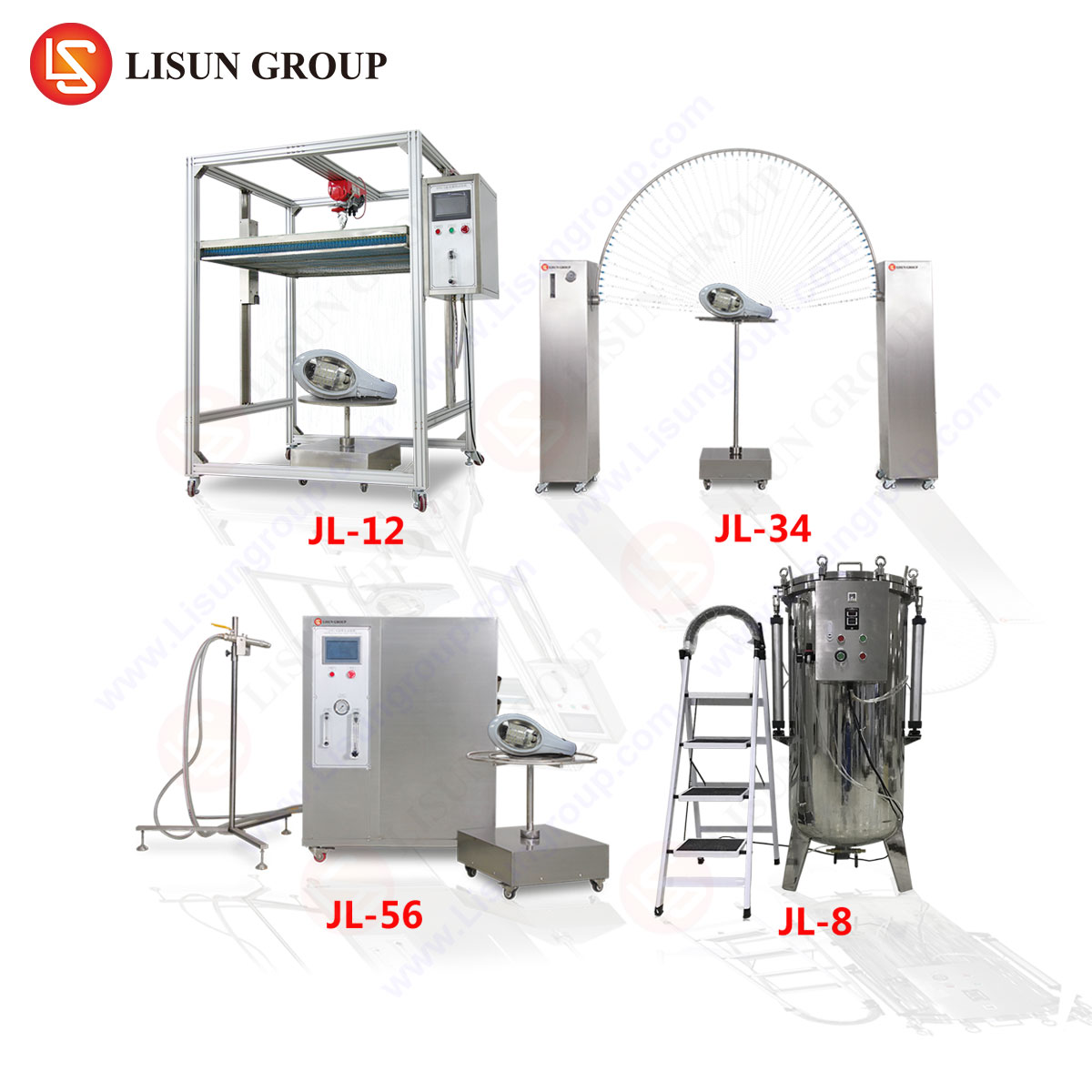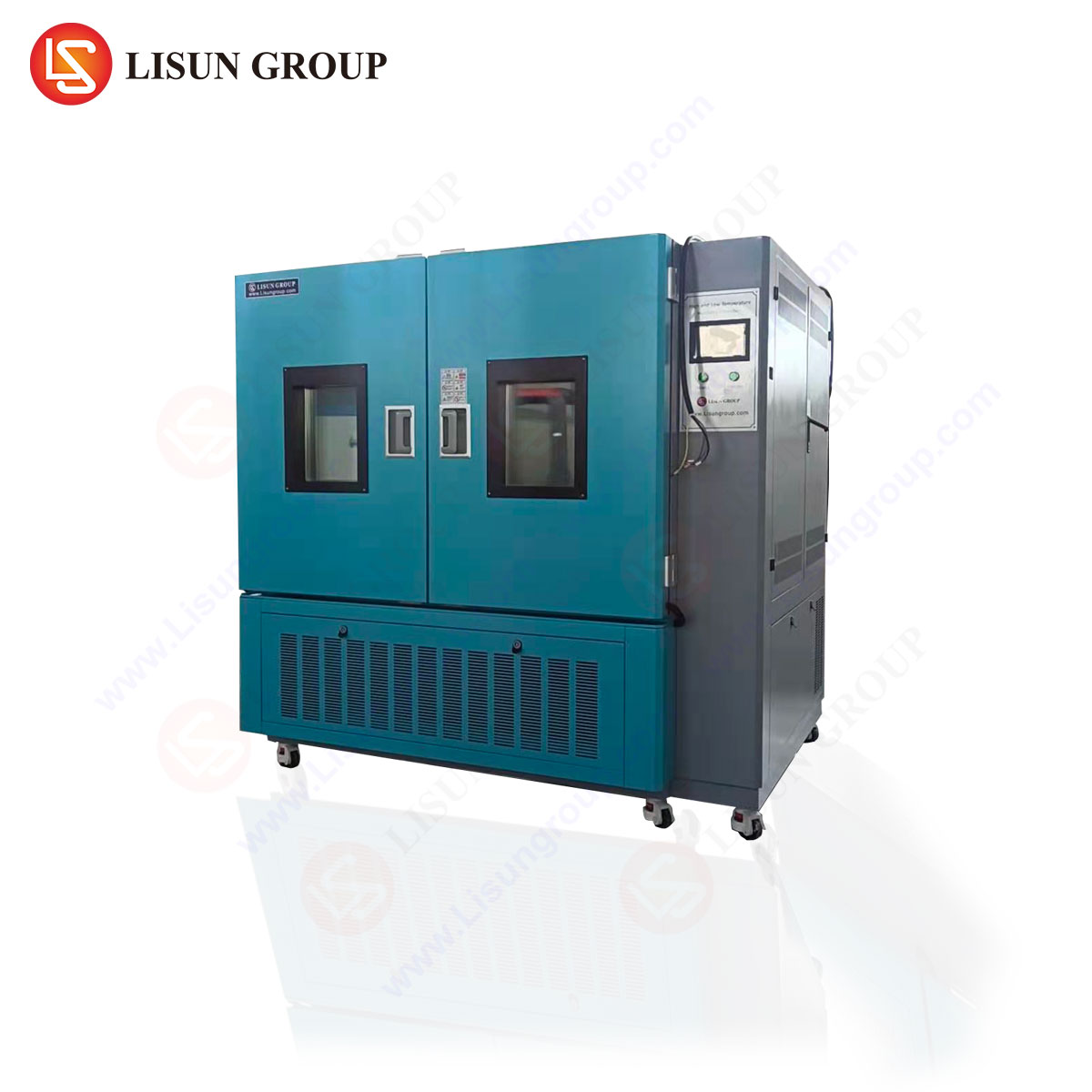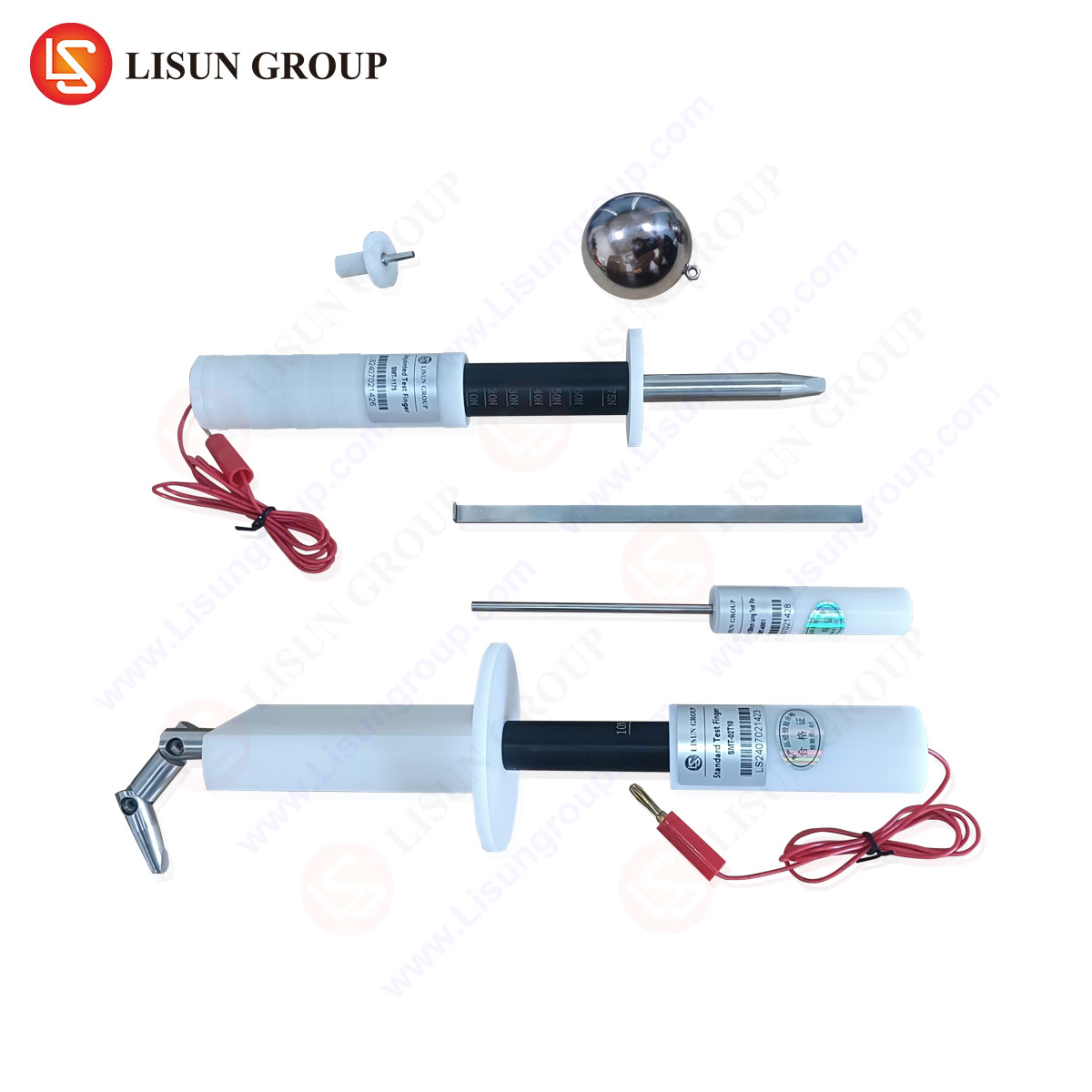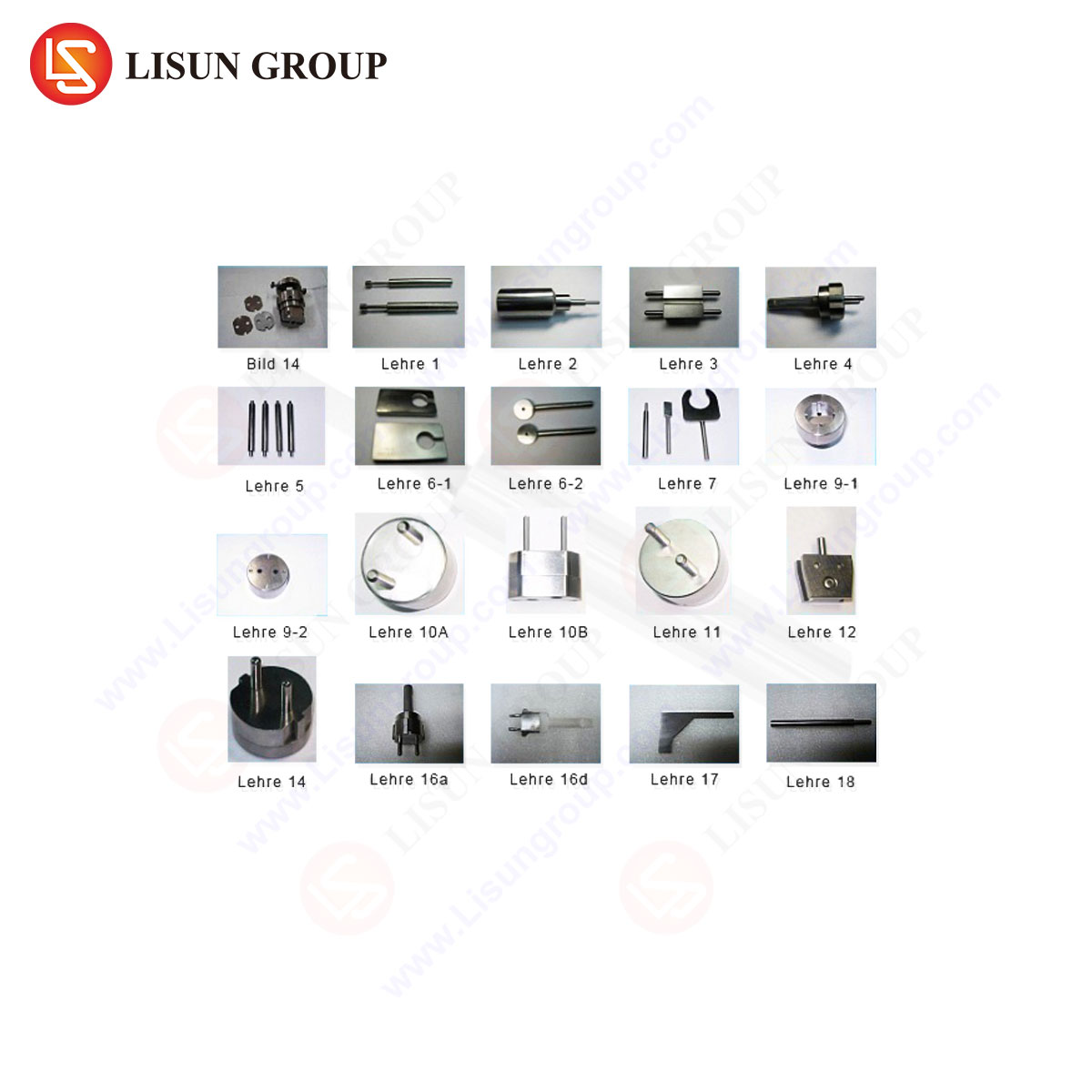An Analytical Examination of NF C 61-314 C3 Calibre and Its Verification via Precision Gauging Systems
Abstract
The integrity and safety of electrical connection devices, specifically plugs and sockets, are governed by a complex framework of national and international standards. Among these, the French standard NF C 61-314 delineates critical dimensional and safety requirements for such components. The C3 calibre, a specific classification within this standard, pertains to a defined set of dimensional tolerances for socket-outlets. This article provides a technical dissection of the NF C 61-314 C3 calibre, elucidating its specifications, the underlying principles of conformance verification, and the pivotal role of specialized gauging apparatus. A particular focus is placed on the application of LISUN gauges for plugs and sockets as a primary methodological tool for ensuring adherence to this stringent standard, thereby mitigating risks associated with non-conformant products.
Architectural Framework of NF C 61-314 and the C3 Classification
The normative document NF C 61-314, “Plugs and socket-outlets for household and similar purposes,” establishes a comprehensive set of requirements for the safety, performance, and interoperability of low-voltage electrical accessories. Its purview extends beyond mere electrical characteristics to encompass rigorous mechanical, thermal, and dimensional criteria. The standard’s objective is to ensure that devices are safe from electric shock, are mechanically robust, provide reliable electrical contact, and prevent the insertion of incompatible plugs, which is a fundamental safety tenet.
Within this architectural framework, dimensional tolerances are not arbitrary; they are precisely calculated to balance manufacturability with absolute safety. The “calibre” system (C1, C2, C3, etc.) categorizes socket-outlets based on the permissible dimensional envelope for the apertures that accept plug pins. The C3 calibre specifies a particular set of maximum and minimum dimensions for these apertures. A socket-outlet conforming to C3 calibre must accept any plug manufactured within the corresponding plug tolerance specifications (e.g., CEE 7/5 or 7/7 plugs for the French system) without undue force or play, while simultaneously rejecting plugs from incompatible systems (e.g., Schuko or UK BS 1363). This selective interoperability is achieved through meticulous control of the socket’s internal geometry, including the size, shape, and spacing of the pin entry holes and the internal contact assemblies.
The Imperative of Dimensional Conformance in Socket-Outlet Safety
Dimensional non-conformance in a socket-outlet presents a multifaceted safety hazard. Undersized apertures can prevent the full insertion of a plug, leading to exposed live pins—a direct and severe risk of electric shock. Conversely, oversized apertures can result in inadequate pin-to-contact pressure. This poor contact increases electrical resistance at the junction, leading to localized Joule heating under load. This thermal degradation can carbonize surrounding insulating materials, further increasing resistance in a positive feedback loop that culminates in overheating, melting, and potentially ignition of the device.
Furthermore, imprecise spacing between the phase, neutral, and earth apertures can cause misalignment during plug insertion. This misalignment may lead to bending or damaging of plug pins, and in severe cases, could allow a plug to make contact in an unsafe manner, such as bridging between phases or making contact with a terminal before the earth pin establishes a safe path. The C3 calibre, therefore, is not merely a manufacturing guideline; it is a critical safety boundary. Verification of these dimensions is not a quality control option but a mandatory compliance activity.
Methodologies for Verifying C3 Calibre Conformance: The Gauging Approach
The verification of dimensional conformance to standards like NF C 61-314 C3 is predominantly achieved through the use of hardened, precision-engineered gauges. This methodology, known as limit gauging, employs “GO” and “NO-GO” gauges to provide a binary pass/fail assessment against the specified tolerance limits.
A “GO” gauge is manufactured to the maximum material condition (MMC) of the socket’s apertures. It represents the smallest permissible plug that must be accepted without force. For a C3 socket-outlet, the “GO” gauge must insert fully and smoothly into the socket, simulating a worst-case scenario plug. This action verifies that the socket is not undersized and will accept a compliant plug.
Conversely, the “NO-GO” gauge is manufactured to the least material condition (LMC) plus a small tolerance. It represents the largest impermissible object that must be rejected. This gauge must not insert into the socket beyond a very shallow depth (typically a few millimeters, as defined by the standard). Its rejection confirms that the socket apertures are not oversized to a dangerous degree, preventing the acceptance of incompatible or damaged plugs.
This binary system provides a rapid, reliable, and operator-agnostic means of verification on production lines, eliminating subjective judgment and ensuring consistent assessment.
LISUN Gauges for Plugs and Sockets: A Technical Specification for NF C 61-314 C3
LISUN manufactures a comprehensive suite of gauges designed explicitly for the verification of devices against international standards, including NF C 61-314. The gauge set for C3 calibre socket-outlets is a precision instrument whose design and construction are dictated by the exact dimensional parameters outlined in the normative document.
Construction and Material Specifications:
LISUN C3 gauges are typically machined from high-grade, wear-resistant tool steel or hardened stainless steel. This material selection ensures minimal deformation and exceptional longevity despite repeated use in quality control environments. The surface finish is critical; a low-friction, polished surface is essential to prevent binding during insertion, which could lead to a false “NO-GO” reading. The gauges are treated to resist corrosion, preserving their dimensional integrity over time.
Functional Design and Operational Principles:
A complete LISUN set for C3 verification includes multiple gauges, each serving a distinct purpose:
- “GO” Gauge: A single unit replicating the form factor of a standard plug (e.g., 2P+E for French standards) but manufactured to the maximum permitted pin dimensions and spacing for a compliant plug. The insertion force required should be minimal and consistent.
- “NO-GO” Gauge: Often a set of individual pin gauges or a combined unit with oversized pins. Each pin is engineered to the LMC dimension for the socket aperture. The standard mandates that these gauges must not enter the socket beyond a specified depth (e.g., 5mm for the phase/neutral apertures, 3mm for the earth aperture).
- Supplementary Gauges: These may include gauges to check the dimensions of the shutter mechanism (a critical safety feature on modern sockets), the spacing between apertures, and the depth of the socket recess.
The operational principle is strictly procedural. The operator first uses the “GO” gauge to confirm easy insertion and full seating. Subsequently, the “NO-GO” gauges are applied to each aperture individually with a prescribed, minimal force. A pass is only achieved if the “GO” gauge inserts fully and all “NO-GO” gauges are rejected within the allowable depth.
Comparative Advantages of Precision Gauging Systems in Industrial Applications
In the context of high-volume manufacturing of plugs and sockets, the advantages of dedicated gauging systems like those from LISUN over alternative measurement techniques are pronounced.
- Speed and Efficiency: Unlike coordinate measuring machines (CMM) or optical scanners, which provide detailed dimensional data but are relatively slow, a limit gauge provides an instantaneous pass/fail result. This allows for 100% inspection on fast-moving production lines without creating a bottleneck.
- Unambiguous Results: The output is binary—pass or fail. This eliminates the need for highly trained metrology technicians to interpret complex datasets and make judgment calls on borderline measurements. It empowers line operators to perform critical safety checks.
- Cost-Effectiveness: While initial investment is required, the long-term operational cost of a robust gauge set is low. It requires no software, no regular calibration beyond periodic verification, and minimal training.
- Direct Correlation to Standard: The gauge is a physical embodiment of the standard’s requirements. It tests the functional interoperability of the socket directly, which is the ultimate goal of the dimensional specifications, rather than just measuring individual dimensions in isolation.
For manufacturers targeting markets requiring NF C 61-314 compliance, integrating LISUN gauges into their QC workflow is a demonstrably efficient method for ensuring product safety, reducing liability, and maintaining brand reputation by preventing non-conforming products from reaching the end-user.
Integration of Gauging Protocols within a Quality Management System
The use of LISUN or equivalent gauges must be formalized within a manufacturer’s Quality Management System (QMS), typically aligned with ISO 9001. This integration transforms a simple tool into a cornerstone of product safety.
A robust QMS protocol dictates the frequency of gauge use (e.g., first-article inspection, hourly line checks, batch sampling), the training and certification requirements for operators, and the environmental conditions for testing. Crucially, it mandates a strict calibration and traceability regime. The gauges themselves must be periodically verified against a master gauge or via a accredited metrology laboratory to ensure they have not worn beyond their own tolerance limits. Each gauge should have a unique identifier and a logged history of calibration dates and results. This creates an auditable trail that demonstrates due diligence in safety-critical manufacturing, a necessary defense in the event of a product liability claim or a certification body audit.
Frequently Asked Questions (FAQ)
Q1: How frequently should LISUN gauges for NF C 61-314 be recalibrated?
The calibration interval is risk-based and should be defined by the manufacturer’s QMS. Factors influencing the interval include the gauge’s material, frequency of use, and the abrasiveness of the tested materials. A typical industry practice is an annual calibration for gauges in regular use, with more frequent spot checks using a certified master gauge. Any gauge that is dropped or damaged must be immediately removed from service and recalibrated before reuse.
Q2: Can a socket-outlet pass the gauge test but still fail electrically?
Yes. Dimensional conformance is a prerequisite for safety but does not guarantee overall performance. A socket may have correct aperture sizes but contain substandard internal contacts, inferior insulating materials, or incorrect wiring terminals. Electrical tests, such as dielectric strength testing, contact resistance measurement, and temperature rise tests under load, are separate, mandatory verification procedures that must be conducted in conjunction with dimensional gauging.
Q3: What is the difference between a “NO-GO” gauge and a “GO” gauge for the earth pin?
The principle is identical but applied to a different aperture. The earth pin “GO” gauge verifies the minimum depth and diameter required for the longer earth pin to make first contact. The earth pin “NO-GO” gauge is an oversized pin that must be rejected to ensure the earth aperture is not so large that it compromises the safety function of early-making/late-breaking contact. The rejection depth for the earth “NO-GO” is often stricter than for the phase/neutral.
Q4: Are LISUN gauges applicable for other regional standards like BS 1363 (UK) or DIN VDE 0620-1 (Germany)?
While the fundamental principle of limit gauging is universal, the physical dimensions of the gauges are unique to each standard. LISUN produces distinct gauge sets tailored to the specific dimensional requirements of BS 1363, VDE 0620-1, AS/NZS 3112, and many others. It is critical to use the gauge set specifically designed and certified for the standard to which you are manufacturing.







